WASHINGTON – Actions are needed to prevent inactive Employer Identification Numbers (EIN) from being used to commit business identity theft or tax fraud, improve application processing and the assignment of EINs, and, proactively identify EINs obtained by individuals for potential misuse, according to an audit report that the Treasury Inspector General for Tax Administration (TIGTA) issued today.
Prior TIGTA reviews have raised concerns regarding the IRS's issuance of EINs and the use of EINs on tax returns for fraudulent purposes. Recognizing the risk associated with the misuse of EINs to commit filing fraud, the IRS developed filters and other processes to address these concerns. As a result, the IRS reported that between January and June 1, 2017, it identified approximately 10,000 business returns with characteristics of identity theft with associated refunds totaling $137 million. However, TIGTA found that actions are needed to reduce the risk to tax administration associated with EINs issued for nontax-related purposes.
In addition, TIGTA found that programming errors resulted in the incorrect assignment of more than 227,000 EINs to sole proprietors who either already had an EIN or were deceased according to IRS records; application screening filters and processes needed improvement to reduce burden and ensure applicants are not abusing the system; and, the processing of paper EIN applications resulted in a high number of errors and an inefficient use of resources. Based on a statistical sample of 206 EIN applications, 66 (32 percent) applications contained one or more processing errors. From the results of this sample, TIGTA projects that 20,867 applications were potentially inaccurately processed by the IRS.
Finally, the IRS has data which can be used to proactively identify EINs assigned to individuals who may pose a risk to tax administration. These data include a list of individuals or businesses used as responsible parties for businesses previously determined to be fictitious by the IRS.
"Business identity theft is a growing threat to tax administration," said J. Russell George, Treasury Inspector General for Tax Administration. "As such, it is essential that the IRS develop processes to continue to reduce the risk of fraudulent use of EINs and strengthen the EIN application process," he added.
TIGTA made 18 recommendations in the report. IRS management agreed with 15 and has taken or plans to take corrective actions. The IRS did not agree with three recommendations.

